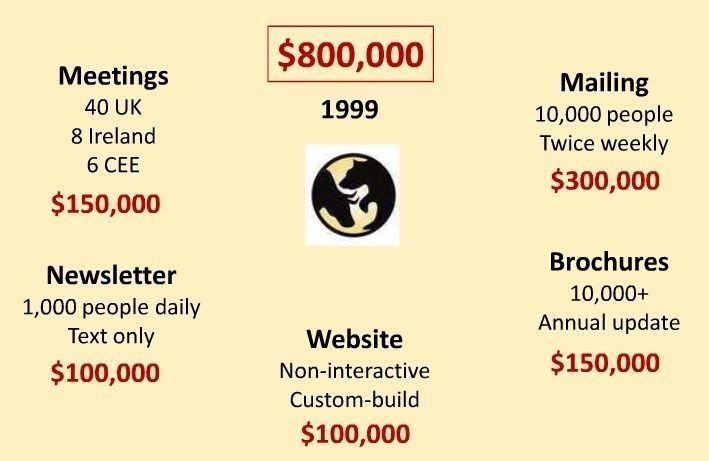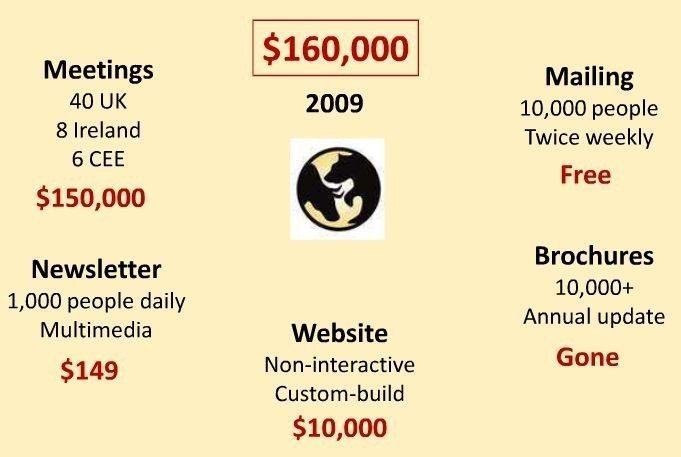
I was watching a program about Sandi Thom.
Sandi was the girl who played music in her bedroom, put it on MySpace, got picked up by a record firm and became an overnight star with a massive hit: "I Wish I Was A Punk Rocker (With Flowers In My Hair)" back in 2006.
She was saying how she didn’t like the record firm she had dealt with so now had her own label and acts as her own agent, media, publishing, recording and distribution firm, as well as being the creative artiste.
She has created a musical world of her own. A quarter of a century ago this would have been far more difficult or even impossible but, thanks to today’s cheap technologies and distribution services, it’s easy. So she can do that. She can be her own agent, PR, distributor, publisher, record label etc.
Similarly the world of words has been restructured thanks to today’s cheap technologies and distribution services.
Fed up with the way that book publishers behave towards artistes, more and more authors are self-publishing. It doesn’t mean they reject the publishers, but often they can’t get published in the first instance but believe they have a good idea.
Nowhere is this more evident than Sally Bee’s experience, where she self-published a recipe book which Michelle Obama ordered.
Result: a #1 bestseller on Amazon and a major deal with a publisher.
I’ve often related this to my own experiences with the Financial Services Club (FSClub).
The FSClub would have cost over a million dollars a year to run a decade ago, with 85% of the costs wrapped up in printing, postage, mailing and telecommunications costs.

Today, those costs are nothing as all you need is a broadband connection and a typepad account to write a blog, distribute news, invite people to meetings, communicate 1-to-1 or 1-to-many worldwide in real-time.

So the only costs of anything are the physical costs of travel, room hire, drinks, food etc.
All the virtual costs
are free. More than this, everything today is mashable. I can mix and match pieces of functionality from all over the mobile internet into a lifestyle structure that suits the World of Me.
This has fundamentally changed things because I can now design the World of Me.
The World of Me is defined by how I structure and connect with friends, companies, governments, media and more. It defines how I structure and connect with everything, including and especially for banks and banking.
For media, the World of Me is defined by the blogs I consume, the YouTube videos I watch, the diggs and RSS feeds I absorb, the tweets I read ... I create my world which is why iPhone, iPad and iPod.
I is everything. Me is all.
It sounds very selfish but it’s not.
It’s actually about me designing the world around me.
That is the world we, and especially Me, lives in.
I want to publish my thoughts – I can.
I want this in print on Amazon – simple.
I want to share my music – no worries.
I want to get my bank to work around me ...
Hmmmm.
Bit more difficult that one.
Sure you could use social credits or Hyve payments, but they all need to be backed by a banking system that has not changed much in the last decade.
For example, how do I interact with my bank?
Via a dull online bank statement that looks just like my old printed bank statement?
Via a call centre and branch, with these interactions appearing to have no relationship with the online or mobile bank, and no ability to access these services via my net-based banking service?
Via a bank that has no blog, no social interactions electronically and, only if I’m very lucky indeed, might respond to an email to open an account?
This will change of course, as new entrants open up new social finance services and a few innovative banks interact electronically via tweets and status updates.
But what will really revolutionise this world is when a bank offers all of their services as individual apps, gadgets, widgets and wikis, to plug and play into the World of Me and my internet lifestyle.
This is a theme I have regularly explored, particularly in depth a year ago, and continue to play with today.
When I can design my bank services around me, by taking:
- a little bit of transaction servicing from bank A’s widget,
- a snippet of card services via bank B’s app, and
- a sprinkle of P2P payments via bank C’s wiki,
then I’ll truly be living in a world of 21st century banking.
Oh shoot, this is the 21st century!
Chris M Skinner
Chris Skinner is best known as an independent commentator on the financial markets through his blog, TheFinanser.com, as author of the bestselling book Digital Bank, and Chair of the European networking forum the Financial Services Club. He has been voted one of the most influential people in banking by The Financial Brand (as well as one of the best blogs), a FinTech Titan (Next Bank), one of the Fintech Leaders you need to follow (City AM, Deluxe and Jax Finance), as well as one of the Top 40 most influential people in financial technology by the Wall Street Journal's Financial News. To learn more click here...

